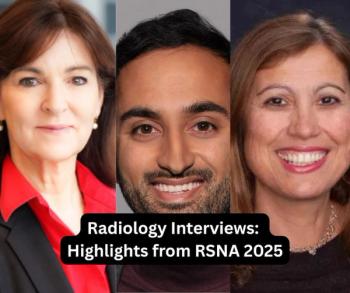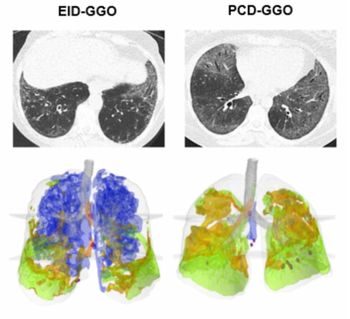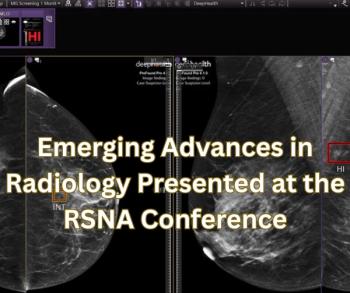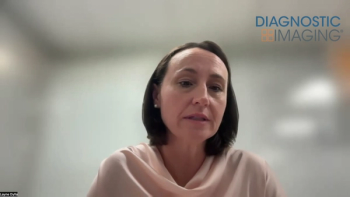
Study Explores Impact of Insurance on Treatment and Referrals for Patients with Uterine Fibroids
Women with uterine fibroids and Medicaid coverage are significantly more likely to be treated with uterine artery embolization than those with commercial insurance, according to newly published research.
New research suggests that insurance coverage and reimbursement do have a significant impact upon treatment decisions and referrals for women with uterine fibroids.
For a retrospective study, recently published in the
In a multivariable analysis, the study authors found that women with Medicaid coverage were 38 percent more likely to have a UAE procedure than women with commercial insurance. However, in states that offered higher Medicaid reimbursement for hysterectomy procedures, the researchers noted that women with Medicaid were five percent less likely to have UAE procedures.
“Regarding the treat-or-refer decision, our results suggest that gynecologists have higher odds of treating commercial patients and referring lower-reimbursement Medicaid patients to an interventional radiologist for a UAE,” wrote lead study author Pratik A. Shukla, M.D., an associate professor within the Division of Interventional Radiology in the Department of Radiology at the Rutgers New Jersey Medical School in Newark, N.J., and colleagues.
“As support for the influence of reimbursement, we found that women in states with higher Medicaid reimbursement for a laparoscopic hysterectomy were less likely to receive a UAE compared with women in lower-Medicaid-reimbursement states.”
The researchers added that women in micropolitan areas or small/rural communities were 61 percent and 42 percent less likely, respectively, to be treated with UAE. Women residing in the highest income quartile communities were 35 percent more likely to have UAE procedures in comparison to those residing in the lowest income quartile areas, according to the study authors.
When women had hysterectomy or myomectomy, the researchers found that those with Medicaid coverage were 20 percent less likely to have less invasive laparoscopic procedures than those with commercial insurance.
“That Medicaid patients with a hysterectomy or myomectomy are less likely to receive it laparoscopically than commercial patients is consistent with the incentives associated with reimbursement differences between Medicaid and commercial patients and access to care,” emphasized Shukla and colleagues. “Further, it is consistent with studies showing that newer technology procedures and greater access to surgical capability are higher in areas with more commercial patients.”
(Editor’s note: For related content, see “
In regard to study limitations, the authors acknowledged the proprietary nature of commercial reimbursement rates precluded a comparison of Medicaid and commercial reimbursement for UAE. Noting limitations with the diversity of the cohort, the researchers that the impacts of race and ethnicity upon UAE referral patterns were not explored in this study.
Newsletter
Stay at the forefront of radiology with the Diagnostic Imaging newsletter, delivering the latest news, clinical insights, and imaging advancements for today’s radiologists.




























